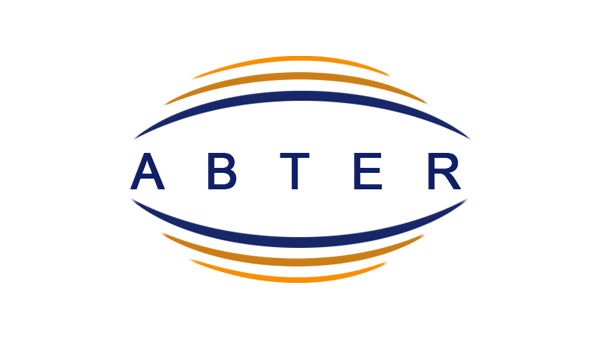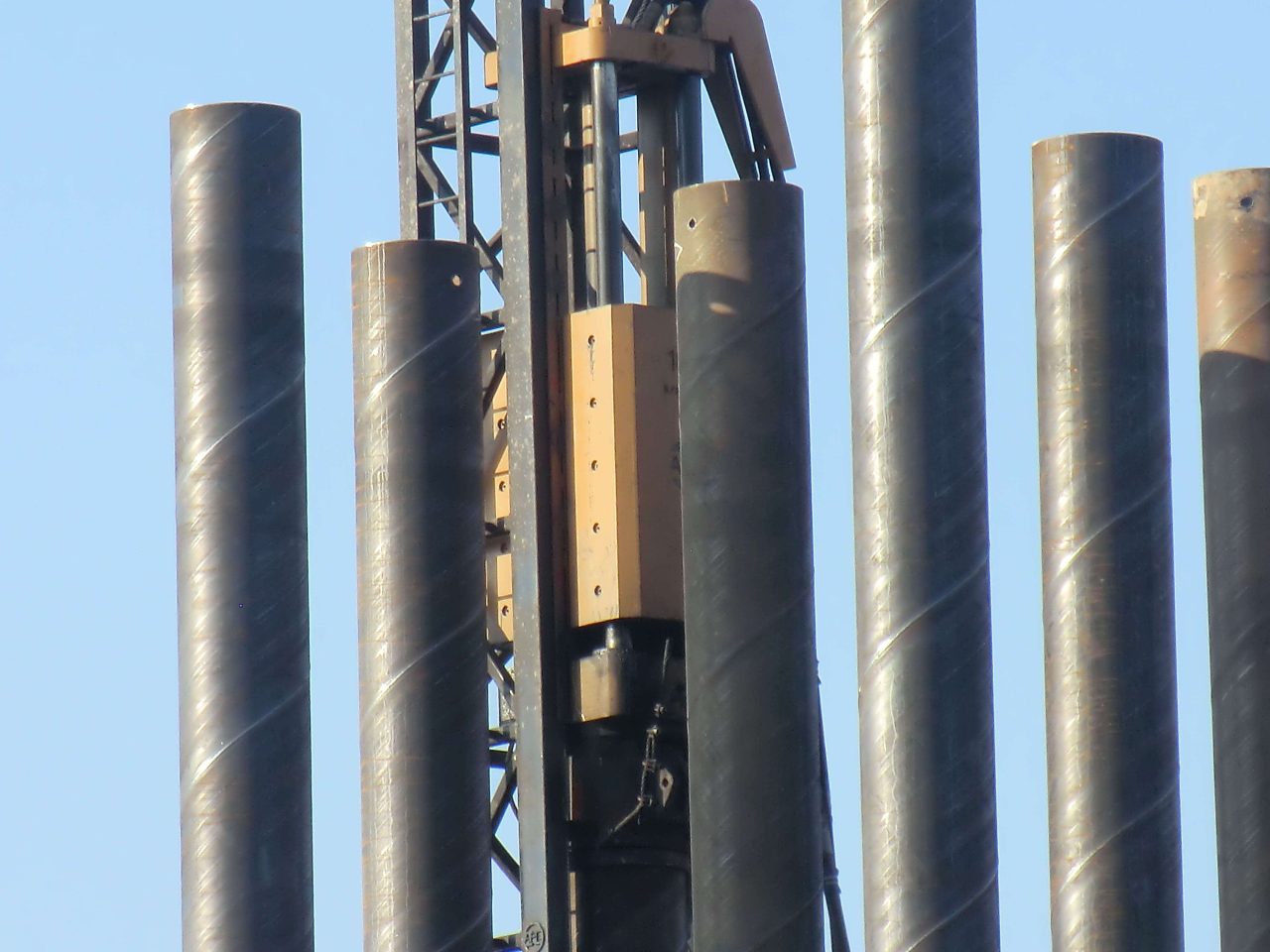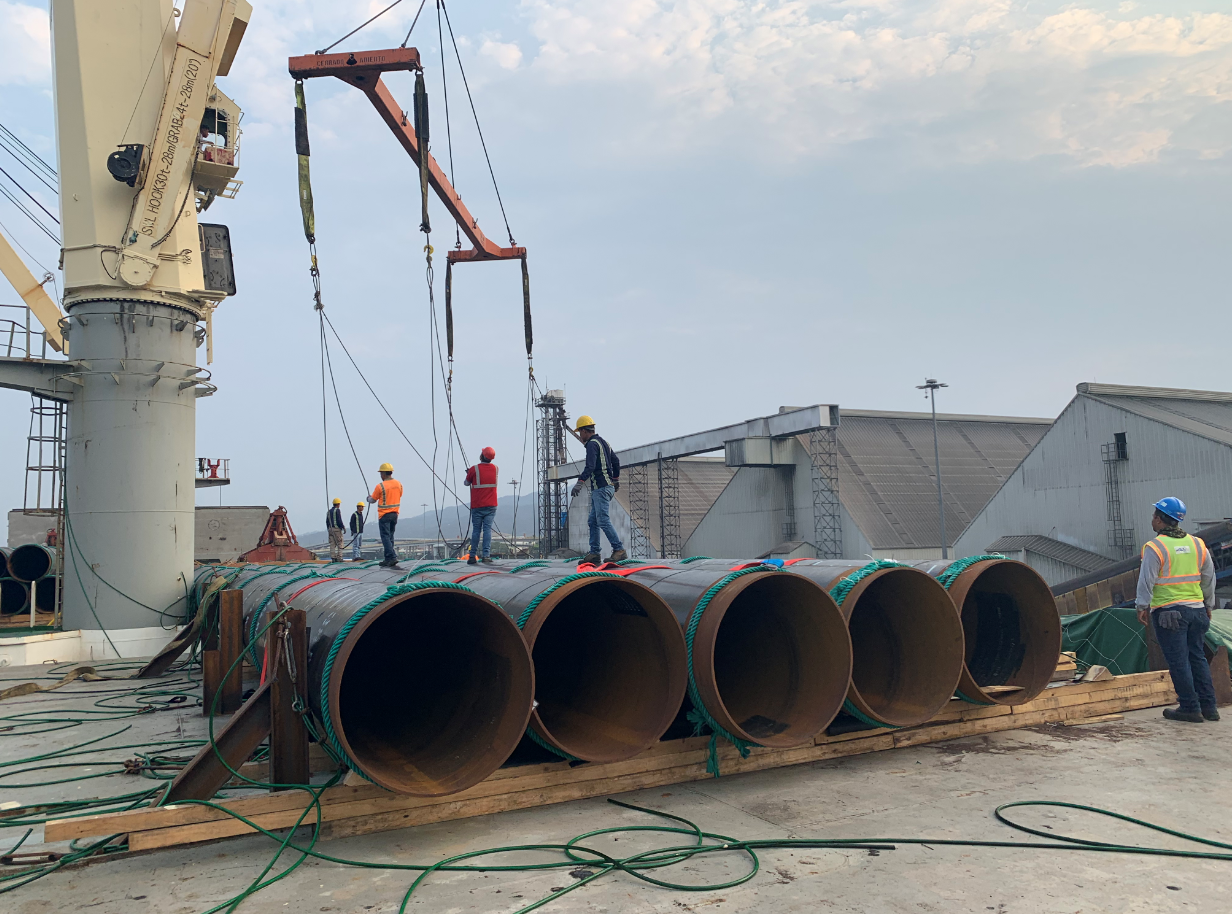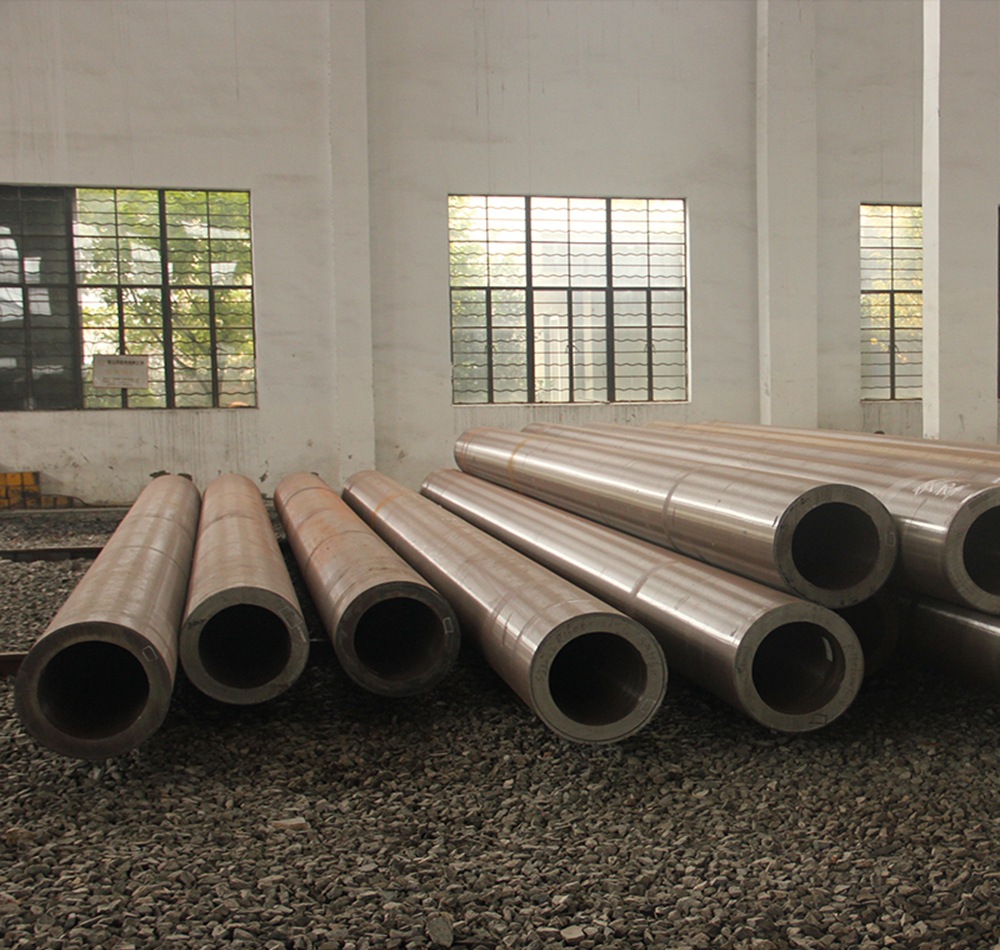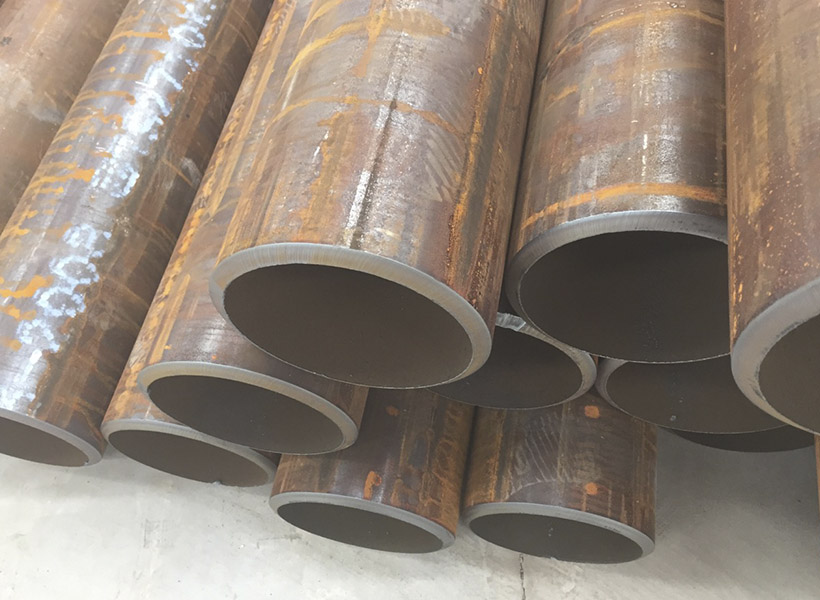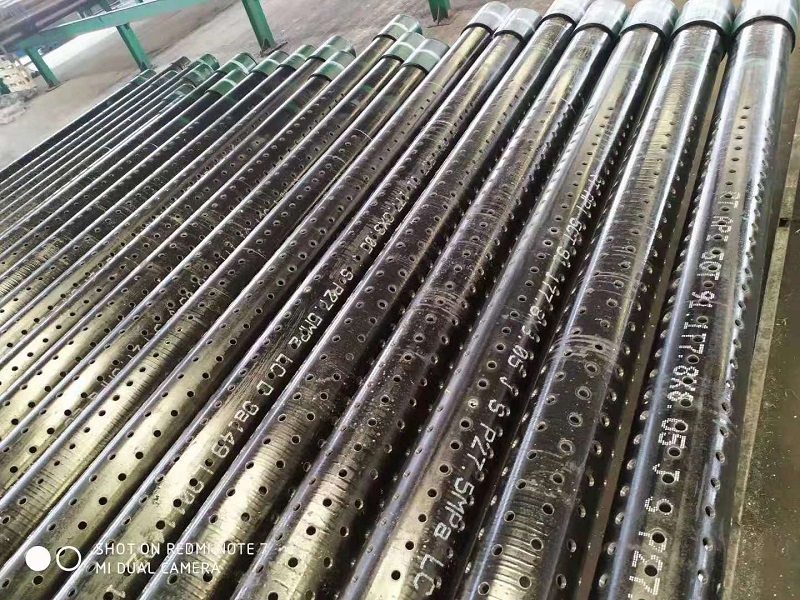Well, the user’s question is about steel frames and pipe bent trusses, requiring at least 3500 words. First, I need to understand the concepts of these two structures and their application and design methods. A steel frame usually refers to a structural system composed of steel beams and steel columns, while a bent truss may refer to a curved or curved truss structure composed of steel pipes. These two topics need to be explained in detail based on the information I have searched for.
Based on the evidence, look at the steel frame part first. When it comes to the test of the seismic resistance of steel frame structures with filled walls, it is shown that the filled wall can improve the stiffness and strength of the structure, and the hysteresis curve is full, but the axial compression ratio and steel content have a great impact. The seismic resistance and application of the staggered truss steel frame structure is discussed, suitable for industrial buildings and suitable for different seismic fortification areas. The seismic resistance of steel pipe concrete columns and steel beam frames was studied, and it was pointed out that the circular cross-section was better than square, and the axial compression ratio and steel content were key factors. These can be integrated into the design and seismic performance analysis of steel frames.
Then there is the tube truss part. The mechanical properties of cable-stayed bridges in steel truss pipelines were analyzed, and the cross beams were emphasized as weak points, and rigid connections were recommended. The assembly and welding technology and lifting methods of large-span tube trusses are introduced in detail, including factory prefabrication and on-site assembly. Discuss the design of pipeline brackets, involving the arrangement of compensators and auxiliary trusses, and the dynamic analysis results meet the specifications. and The structural form and quota calculation of pipe corridor steel structure and truss pipeline support are distinguished. When it comes to pipeline load standards, it is necessary to comply with national standards.
The design specifications of the two also need to be considered, such as constant load calculation, deflection formula and software application; compare the advantages and disadvantages of fasting and solid abdominal trusses, give standard roof sizes; introduce the design points and application cases of truss structures.
Pay attention to possible contradictions between evidence, e.g. It is mentioned that fasting trusses are suitable for small spans, and and To discuss large-span applications, we need to explain the basis for selecting different structural types. in addition, and They all involve the design of pipeline bridges and brackets, but the application scenarios are different and need to be explained separately.
Structurally, it may require sub-chapters, such as overview, design methods, calculation and analysis, construction technology, application cases, specifications, etc. Make sure to cover each key point of evidence and to properly cite the source ID. For example, cited when calculating constant loads, cited when discussing pipe truss construction, cited partially by seismic performance, etc.
Finally, check whether the word count requirements are met, make sure each section is detailed enough, and combine multiple evidence to make a comprehensive explanation to avoid missing important information. It may also be necessary to compare the advantages and disadvantages of different structures to help readers understand the applicable scenarios. At the same time, you should pay attention to avoid duplication, arrange the content order reasonably, and make the logic clear.
The following is a comprehensive analysis of steel frames and pipe truss structures, combined with research and engineering practice in various fields, covering design, calculation, construction and specifications and standards:
1. Characteristics of steel frame structure and design points
1. Research on seismic performance
- The impact of fill walls on steel frames : Experiments show that fill walls can significantly improve the stiffness and strength of the steel frames, with full hysteresis curves, and the node failure mode is mainly plastic hinged at the end of the beam. It is recommended to take 1/350 between the seismic elastic layers.
- Interleaved truss steel frame : has high efficiency and economical characteristics, suitable for low-intensity seismic resistance areas, and can be expanded to medium-high intensity areas by improving the connection between truss and floor slabs.
- Steel pipe concrete composite frame : The seismic resistance of circular cross-section columns is better than that of square columns, and the axial compression ratio and steel content have a significant impact on the bearing capacity. For example, when the axial pressure ratio increases from 0.06 to 0.6, the bearing capacity decreases by about 30%, and the steel content increase (circular α=0.06→0.103) can enhance ductility.
2. Design specifications and calculation methods
- Load calculation : The constant load of light steel structure is estimated at 30~40kg/m², and internal force analysis is performed in combination with PKPM software (STS, STPJ modules).
- Node design : Bending moment transmission and energy consumption capacity need to be considered. It is recommended to optimize node structure according to the “Technical Regulations for Steel Pipe Concrete Structure” (DBJ13-51-2003).
2. Design and engineering application of pipe truss structure
1. Structural form and selection
- Classification and Features :
- Fastening truss : lightweight and economical, suitable for small and medium spans (such as ≤31m), but has poor stability and complex nodes.
- Solid belly truss : Strong compression bending performance, suitable for large span heavy load scenarios (such as sports venues), but the material cost is high.
- Pipe truss bridge design : Taking the steel truss pipeline cable-stayed bridge as an example, the cross beam becomes a weak link because it directly bears water load. It is recommended to use rigid pipe beam connection to increase the transverse stiffness. .
2. Computing and Construction Technology
- Load standards : It must comply with ASCE 7 (US), EN 1991 (Europe) and China’s “Building Structure Load Code”, distinguishing static/dynamic loads, and dynamic analysis must consider the water hammer effect .
- Deflection control : The calculation formula is Y=5ql⁴/(384EI), and the deflection is optimized by adjusting the cross-sectional moment of inertia (I).
- Assembly process : Use factory prefabricated + on-site unit lifting, use temporary support to ensure alignment accuracy, and avoid overhead operations during welding to reduce deformation.
3. Special design of pipeline support
- Thermal stress compensation : Square compensator or natural bend pipe is used to compensate for thermal displacement. The auxiliary truss arrangement needs to be combined with SAP2000 to analyze the dynamic response to avoid resonance.
- The difference between pipe gallery and truss brackets : the pipe gallery is a large “П”-shaped frame, and the general steel structure coefficient is calculated as 0.75; the truss bracket is lattice and is suitable for parallel and trapezoidal cross-sections.
3. Typical cases and standardized standards
1. Project Cases
- Sports venue : 31m span roof recommended inverted triangular three-dimensional trusses, size 600×1200~1500mm, chord Ф180×6, belly Ф114×4, column distance 7~9m.
- Cable-stayed pipeline bridge : In a project, it was found through Midas Civil modeling that the lateral bending frequency of the main beam accounts for a high proportion, and the rigidity needs to be strengthened in a targeted manner. .
- Lujiazui Yuqiao Project : Use roof truss hydraulic lifting technology to reduce the risks of high-altitude operations and control deformation.
2. Specifications and software tools
- Design software : PKPM (STS/STPJ module), COMSOL (Truss interface), SAP2000, etc., supports static, dynamic and stability analysis .
- Anti-corrosion and construction : The pipe truss needs to be sandblasted to control the roughness (Sa2.5 level), and the thickness of the anti-corrosion coating is determined based on the corrosion of the medium.
4. Technical challenges and development trends
- Large-span structure deformation control : The construction process needs to be previewed in combination with BIM technology, such as the tire frame assembly process of Cangzhou longitudinal joint steel structure.
- Material innovation : Promote high-strength lightweight steels (such as Q460), combined with anticorrosion coatings to extend their life.
- Seismic design optimization : For interleaved truss systems, a connecting node and damping system suitable for high-intensity areas is developed.
